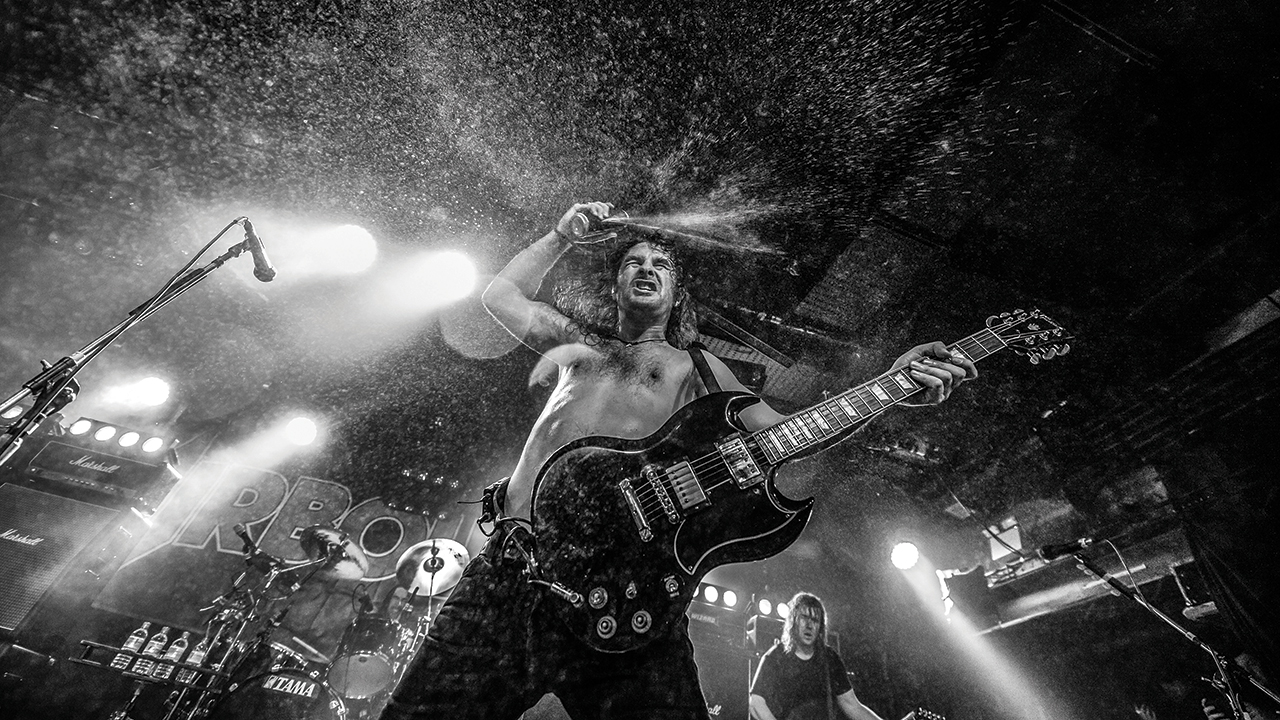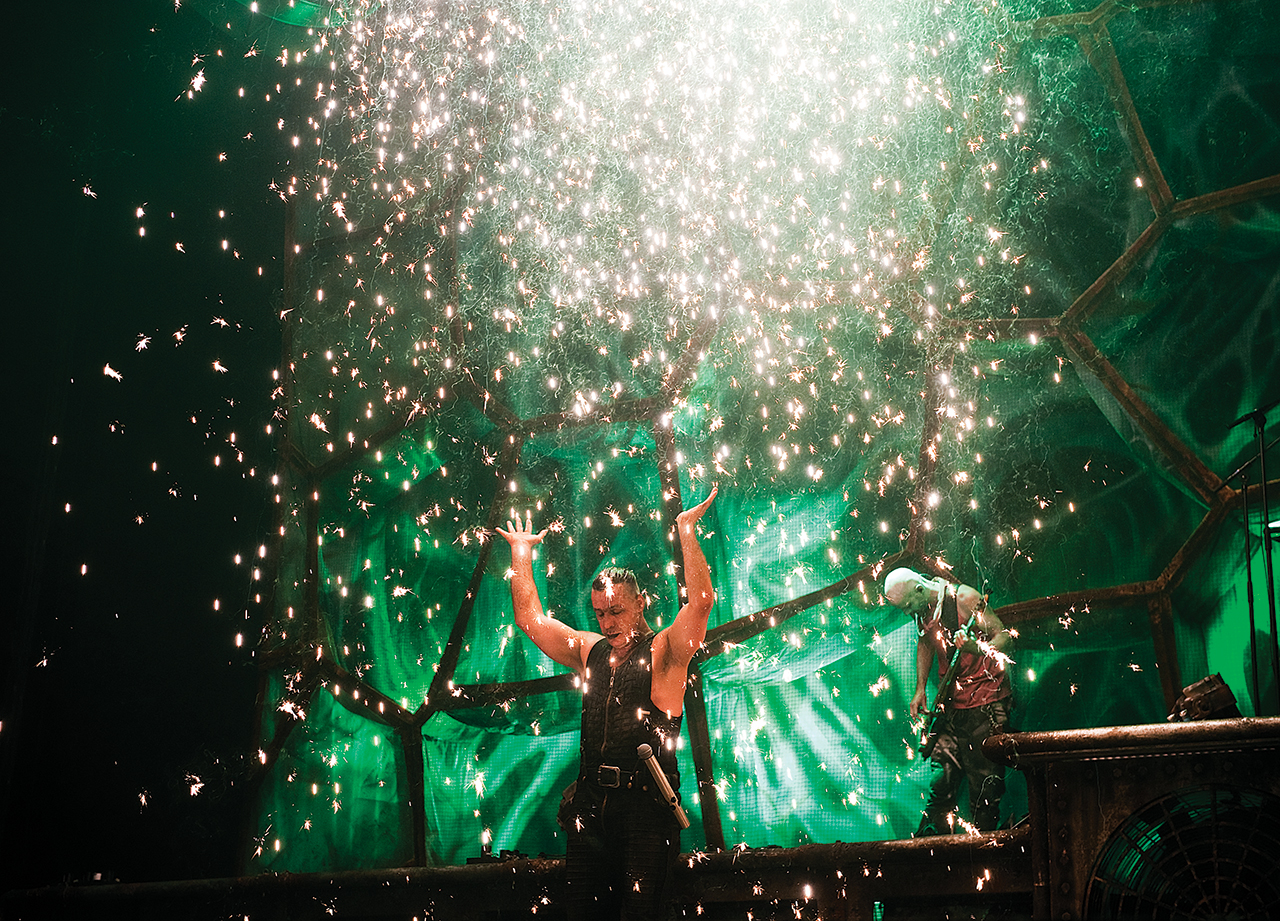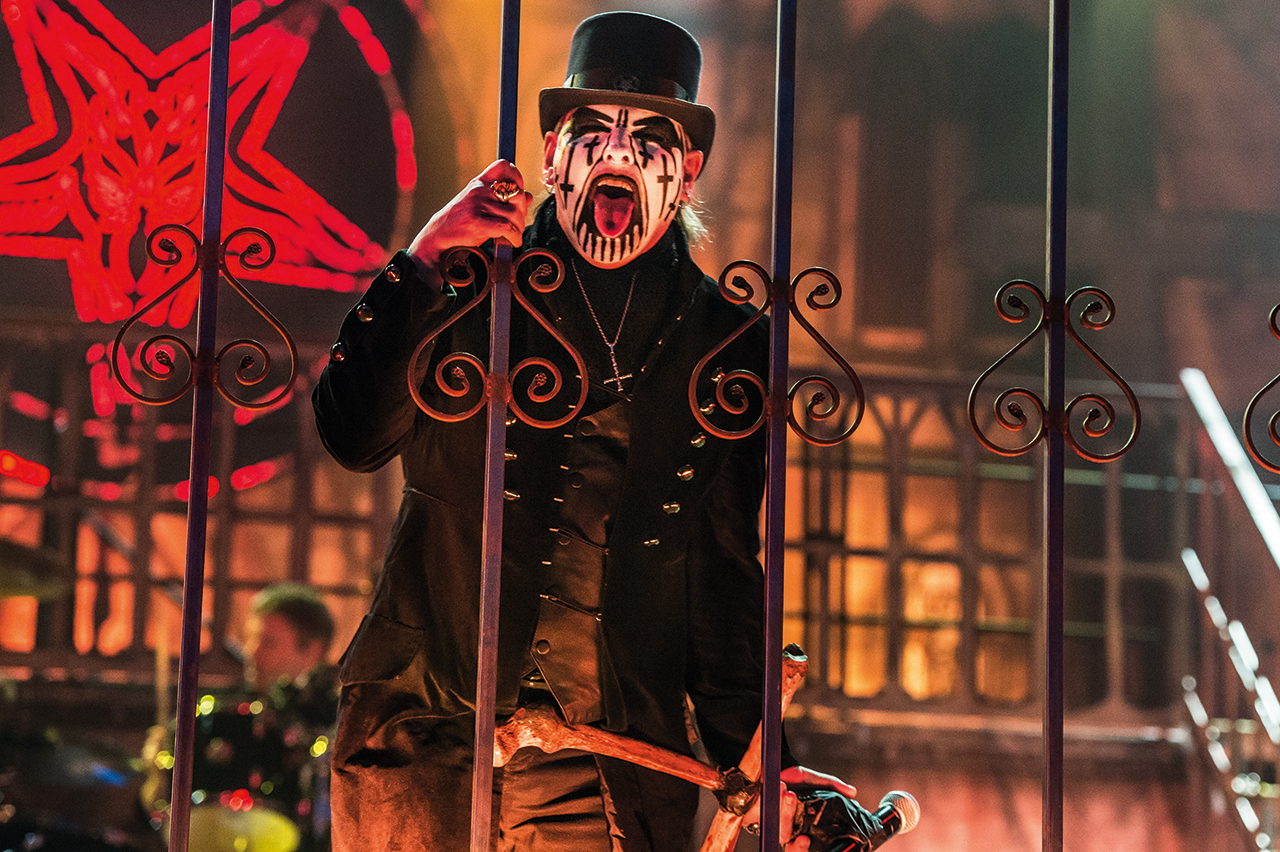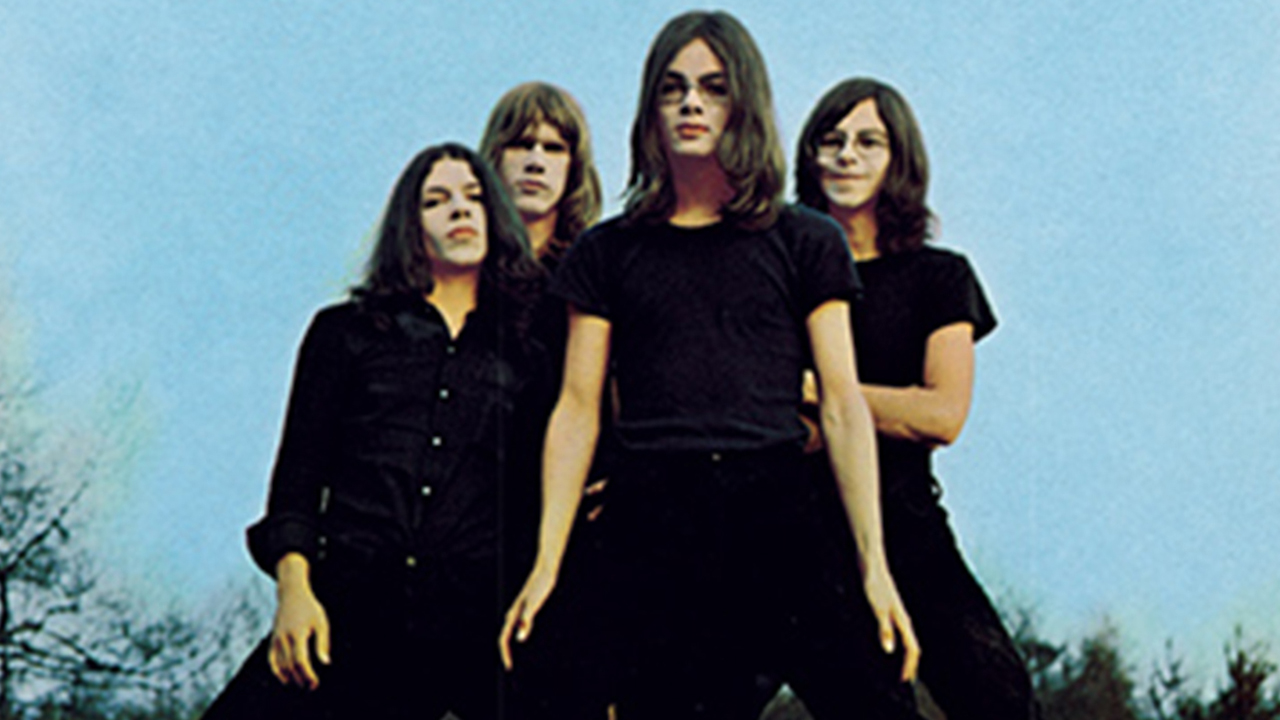
Louder has recently joined forces with image editing software company Affinity Photo, as we're on the hunt for the finest new music photographers the world has to offer.
Our photography competition takes the form of six challenges, all which focus on a different area of photography – live shots, portraits, shooting in black and white, etc. The images will be judged by an expert panel, and prizes will be awarded to monthly winners, as well as a grand prize awarded to the ultimate winner.
The winner's photos will also be published on Louder and in our magazines (Classic Rock, Metal Hammer, Prog). You can find a full list of prizes, as well as information on how to enter, at the bottom of the page.
Our first challenge is live photography. So, here long-term Louder photographer Kevin Nixon talks us through some pro-tips on how to capture the perfect live shot.

1. Turn your flash off
You're at the venue, and if you're lucky, you may even be in the pit. The first main rule is to turn your flash off, whether it's on your phone or camera. If you don’t, you will invariably annoy the band or artist and secondly the pictures will generally not look so good. Try to utilise the existing light conditions. Often the lighting in smaller venues will not be great; try and use this to your advantage by getting more creative with your angles.
2. Work quickly
If you're in the pit (the protected area between the stage and the crowd barrier) it is usually three songs and out, so you only have around 10-15 minutes to get the shots you require. Shoot diligently and make sure you cover as many angles and the different band members as you can.
3. Observe and be aware
Watch how the band move around on stage, observe the interaction between the band members. Try and ensure you get a range of expressions, make sure your shots are clean without microphones etc obstructing the singer's face.
The latest news, features and interviews direct to your inbox, from the global home of alternative music.

4. Aim to get their best side
Are the pictures flattering? Band members are human; if a shot shows someone in a negative or unflattering way, trash it. Shots showing emotion, raw energy and dynamic expressions are great but avoid overt double chins or terrible angles wherever possible.
5. Know your camera
Know your camera! Whether you're shooting with a basic DSLR or even an iPhone, know which settings you will use in advance. My advice – wherever possible – is to shoot in RAW and with the camera on manual. Use an application such as Affinity Photo to edit your images. If you're unfamiliar with photo imaging software, it can seem quite daunting at first. But once you get used to it, it will improve the quality of your images immeasurably.
6. Experiment with framing
Try and shoot a range of shapes and angles, take some wider shots showing the artist in relation to the stage setting. One of the main mistakes people make is to try and crop in way too tight. Try a mixture of portrait and landscape shots. If you have the opportunity move around, shoot the artist from different positions. Try and incorporate the crowd in your shots, this can add atmosphere to your images.
7. Don't overdo the retouching
If you do use a photo editing application, don’t overdo the retouching. A recent trend is to over saturate images and make them appear as though they have been shot in HDR, this can give a cartoon effect and should be avoided at all costs.

8. Respect the audience
Whether you are shooting from the crowd or in the pit, always respect the audience and other photographers. Don’t be holding your camera in the air for long periods of time, show courtesy and respect particularly to the audience who will have paid good money for their ticket and may have even queued to get to the front only to have their view interrupted by you and your camera. This is likely to cause beer – or something worse – being thrown at you.
9. Research the set-up
If the band or artist are famous enough, look for YouTube videos of their current tour, or check out the latest live images online. This will give you an indication of the shooting conditions and the lighting, etc. Also, whether you can expect any ‘jump’ shots or other exciting moments during the show.
10. Enjoy the experience
Enjoy the experience! Shooting live music can be extremely challenging but is also great fun. Practice your art: most smaller venues will allow you to use your camera, so shoot away. Learn to be constructive about your images. Organise a website to illustrate your work. Once you have got a body of work, start to contact local bands and local venues and you can eventually start to build a portfolio that can hopefully one day lead to getting paid for your images.
Enter our competition now!
The Affinity Photo New Rock Photographer 2020 competition is open now! All entries must be submitted using our online entry form and received by 31 October 2019. Terms and conditions are at the bottom of the entry form. General T&Cs are here.
A full list of prizes to be awarded to the winner are below.
- iPad Pro 11” + Apple Pencil + Affinity Photo for iPad
- The opportunity to go on assignment with Louder/Classic Rock/Metal Hammer/Prog photographer Kevin Nixon (OR – if geography makes that impossible – doing a Skype/online workshop with Kevin).
- The winning pictures will be published online on Louder and in our sister magazines (Classic Rock, Metal Hammer and Prog).
Additionally, all entrants will be able to buy the award-winning photo editing software Affinity Photo, on PC or Mac, for less than half price - £23.99 instead of the usual £48.99.
Louder is the ultimate resource for alternative music coverage and the home of iconic rock brands Classic Rock, Metal Hammer and Prog. With a combined reach of over five million followers across social media, we're the largest and most influential alternative music website in the world.

